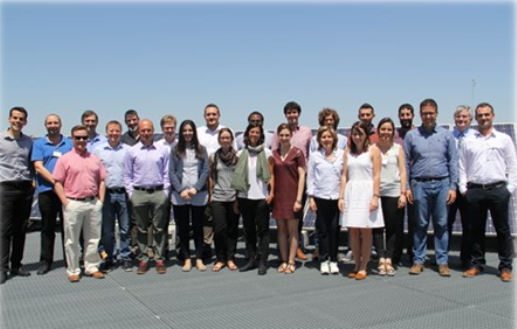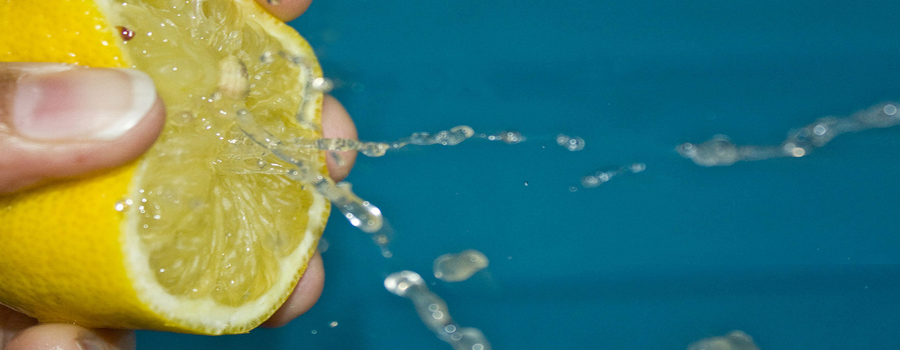‘Energy cannot be created or destroyed, it can only be changed from one form to another’. This is the most commonly known formulation of the First Principle of Thermodynamics. However, we often forget that energy is degraded to a greater or lesser extent when it undergoes any transformation in the real world. Consequently, the quality of it is not the same for every of their possible forms and neither it is the level of usefulness for a given process or application.

There are evident differences between the energy flow of 1 MWh of heat at 90 C produced by a biomass boiler and 1 MWh of residual heat at 40 C coming from the industrial activity in a factory. The first one can supply numerous applications (space heating, domestic hot water supply, etc.) while the second one cannot be directly used for almost none of these uses and it is often considered as losses rejected to the environment.
The ‘guilty’ agent that causes such difference is exergy. Exergy is a term of renewed relevance these days among the concerns of engineers, technicians, policy-makers, etc. which represents the fraction of an energy flow capable of producing work, of producing a useful effect. In other words, exergy is the ‘juice’ that we really should extract from energy.
Residual heat coming out from the factory (although to a lesser extent than that one produced by the biomass boiler) also attains such potential, and wasting it involves luxuries that our society cannot afford.
In this sense, how we use energy in buildings, industries, etc. should address two main challenges: (i) producing more efficient energy transformations that will minimize its degradation, and (ii) exploiting exergy fluxes contained in low-grade energy forms that are otherwise rejected.
In CARTIF, we develop our activity in line with these objectives through our participation in different R&D projects.

One clear example of this is the LowUP project (‘Low valued energy sources UPgrading for buildings and industry uses’), leaded by the company ACCIONA and where our research center plays a remarking role, both collaborating in the leadership of different tasks as well as providing our technical experience in simulation, control, monitoring and instrumentation of energy systems.
The LowUP project is developing 3 efficient alternative systems to supply heating and cooling for building and industries, based on the use of renewable free energy and heat recovery from low-grade residual energy sources that are currently wasted. The 3 systems will be tested through 4 demonstrations in relevant environments. It involves the participation of 17 diverse partners from 7 countries seeking for the improvement and integration of several individual systems for energy production, storage and final use. As a result, these technologies will contribute to significantly reducing CO2 emissions and primary energy consumption thus creating greater energy efficiency in buildings.
After 6 months since the launch of the project, we hosted in our premises the first General Assembly of the LowUP Project, which turned to be a complete success. During the meeting, the partners presented the first advances, focused on the detailed revision of integration designs, the definition of requirements for operation, control and monitoring, as well as those first technological developments and prototypes.
Therefore, from CARTIF, we encourage all of you to follow our steps and do your bit to keep extracting the ‘juice’ from energy, without giving up trying to catch even that last tiny drop 😉
- Extracting the juice from energy - 11 July 2017
